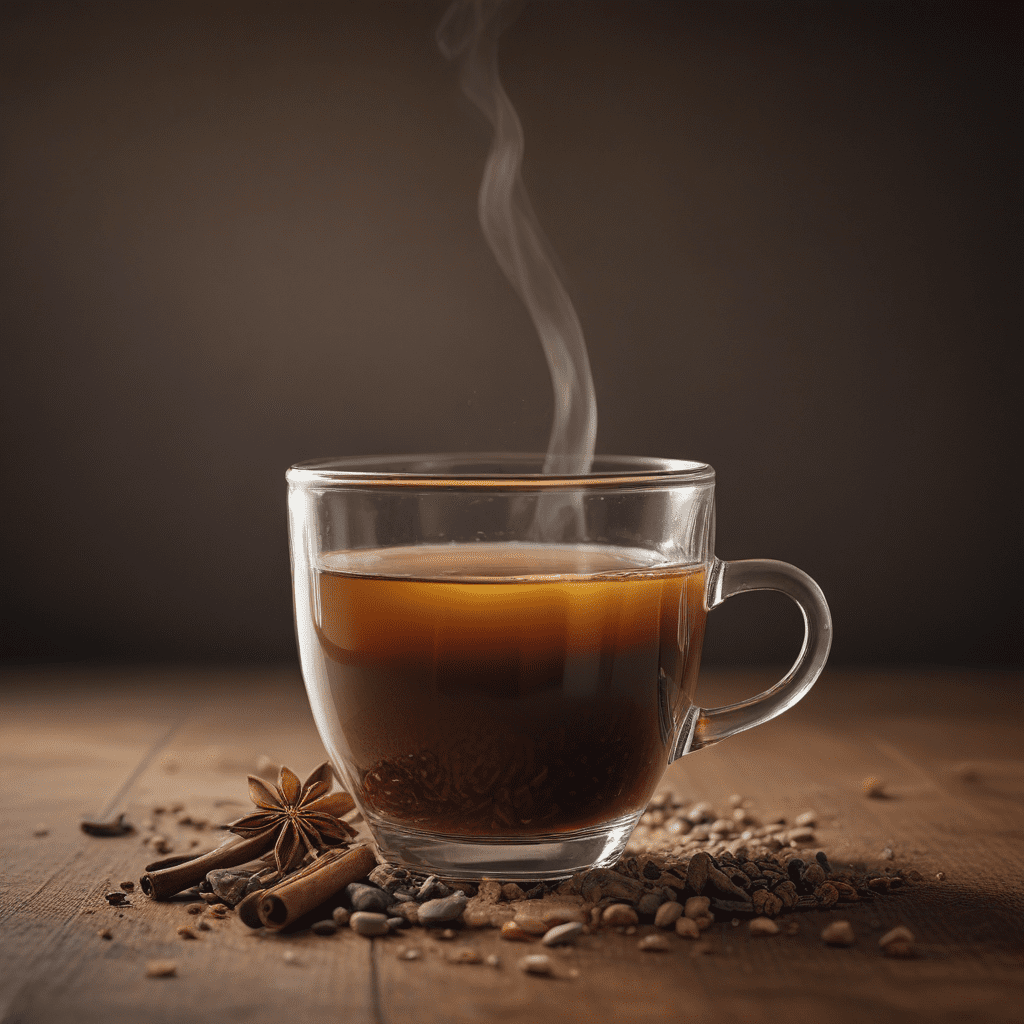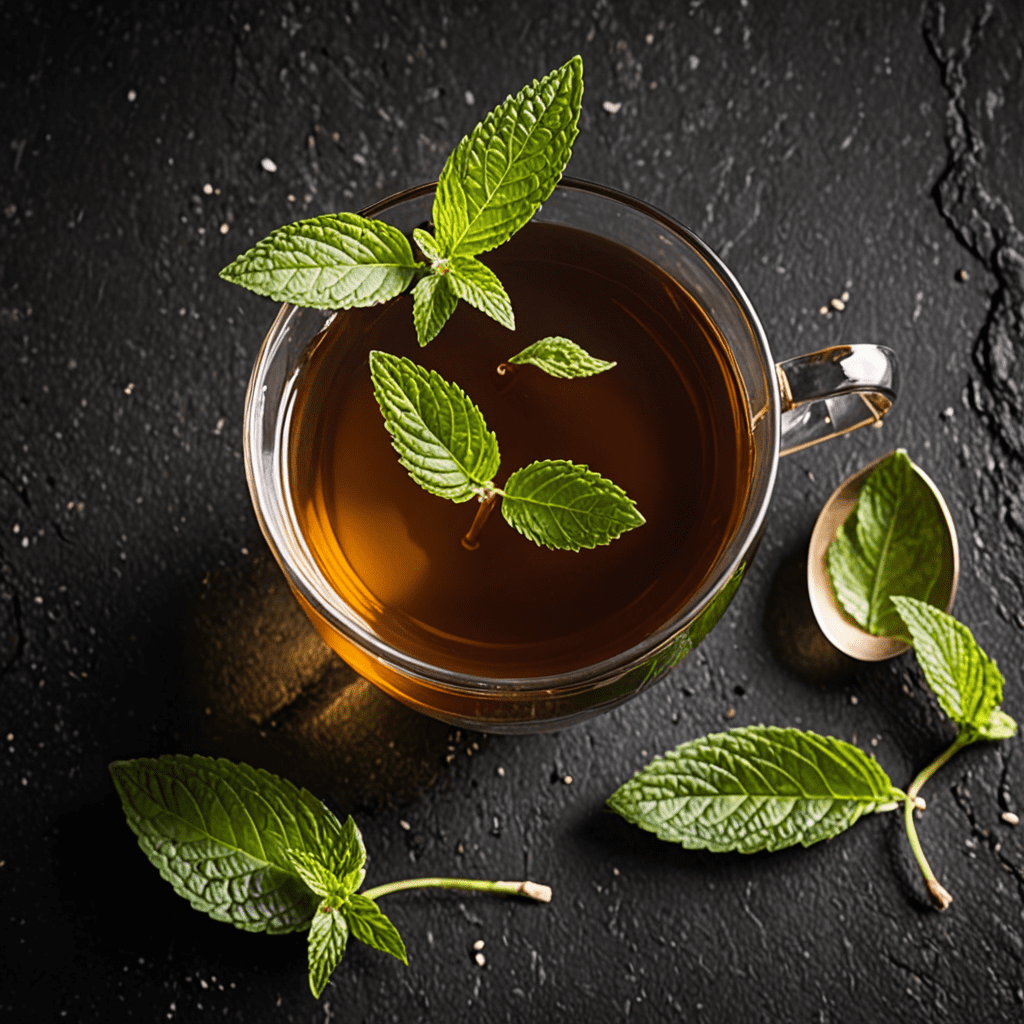I. Origins and History of Chai
Chai, an aromatic blend of spices and black tea, has a rich history dating back centuries. Originating in the Indian subcontinent, chai has evolved over time, reflecting the diverse cultures and traditions of the region. In ancient times, Ayurvedic healers used a blend of spices known as "masala" for its medicinal properties. This masala was later combined with black tea, brought to India by the British in the 19th century, to create the modern-day chai.
II. The Blending Art: Spices and Ingredients
The essence of chai lies in the delicate balance of spices used in its preparation. Traditional masala chai blends typically include cardamom, cinnamon, cloves, ginger, and black pepper. Other spices, such as nutmeg, mace, star anise, and fennel, may also be added to enhance the flavor profile. The proportion and combination of spices vary depending on regional preferences and individual tastes.
III. Regional Variations: Chai Around the World
Chai has become an integral part of many cultures worldwide, with regional variations reflecting local tastes and traditions. In India, chai is often served with milk, while in Tibet, it is combined with yak butter and salt. In Kashmir, a pink-colored chai is made with a blend of saffron and spices. In Malaysia, a sweeter version of chai is known as "teh tarik," which involves pouring the tea back and forth between two cups to create a frothy texture.
IV. Health Benefits: A Spice-Infused Remedy
Beyond its captivating taste, chai is renowned for its potential health benefits. The spices used in chai, such as ginger, cinnamon, and cloves, have antioxidant, anti-inflammatory, and antibacterial properties. Studies suggest that chai may aid digestion, boost immunity, and reduce inflammation. It is also a good source of antioxidants, which can help protect against cell damage.
V. Chai Rituals and Ceremonies
Chai is more than just a beverage; it is a cultural symbol and a way of life in many parts of the world. In India, chai is often served as a welcome drink to guests and is an essential part of social gatherings. In some cultures, chai is brewed in large pots and served in communal cups, fostering a sense of community and shared experience.
VI. Chai as a Culinary Delight: Pairing and Accompaniments
Chai's versatility extends beyond its traditional role as a hot beverage. Its unique flavor profile complements various culinary creations. Chai-infused pastries, desserts, and even savory dishes have become popular, offering a delightful fusion of tastes and textures. Chai's aromatic spices pair exceptionally well with sweets such as cookies, cakes, and pies. Its warmth and depth enhance the flavors of custards, puddings, and ice creams. In savory preparations, chai adds a subtle yet distinctive touch to marinades, sauces, and soups, elevating their taste profiles to new heights.
VII. The Art of Brewing Chai: Techniques and Tips
Brewing the perfect cup of chai is a skill that requires attention to detail and a touch of patience. Traditionally, chai is prepared in a small pot called a "kulhad" or "surai" using loose tea leaves and spices. Fresh, cold water is brought to a boil, and the tea leaves and spices are added. The mixture is allowed to simmer gently for 5-7 minutes, releasing the full flavors of the spices into the tea. It is essential to avoid overboiling, as this can result in a bitter taste. Once brewed, chai can be strained and enjoyed with or without milk and sweetener, depending on personal preferences.
VIII. Chai Spiced Latte: A Modern Twist
The chai spiced latte is a contemporary innovation inspired by the traditional chai recipe. This latte combines the warmth and spices of chai with the smooth, velvety texture of steamed milk. To prepare a chai spiced latte, chai is brewed using your preferred method and combined with steamed milk. For added sweetness and creaminess, a touch of honey or maple syrup can be added to taste. Chai spiced lattes are a popular choice in coffee shops and cafes around the world, offering a comforting and indulgent treat.
IX. Chai Tea Recipes: From Traditional to Innovative
The realm of chai tea recipes is vast and diverse, ranging from traditional preparations to modern interpretations. Classic recipes focus on the harmonious balance of spices, such as our "Classic Masala Chai" recipe, which blends black tea with a symphony of cardamom, cinnamon, cloves, and ginger. For a refreshing twist, try our "Citrus Infused Chai" recipe, which incorporates zesty orange and lemon peels into the traditional chai spice mix. If you seek an invigorating caffeine-free option, our "Ayurvedic Spiced Herbal Tea" blends aromatic spices like turmeric, ginger, and licorice root, creating a soothing and revitalizing beverage.
X. Chai Tea as a Cultural Symbol: Meaning and Significance
Chai transcends its role as a mere beverage; it is deeply entwined with cultural and social customs worldwide. In India, chai is a ubiquitous symbol of hospitality and warmth. It is often shared during social gatherings and family events, fostering a sense of community. In many parts of the Middle East and North Africa, chai is an integral part of daily life. It is served in small, ornate glasses, accompanied by dates or other traditional sweets. In the West, chai has gained popularity as a symbol of mindfulness, well-being, and exotic flavors, embraced in the context of yoga, meditation, and healthy living practices.
FAQ
What is the difference between chai and masala chai?
Masala chai is a type of chai that includes a blend of spices, typically including cardamom, cinnamon, cloves, and ginger. It is the most common type of chai consumed worldwide.
How do I adjust the strength of my chai?
The strength of your chai can be adjusted by varying the amount of tea leaves and spices used. For a stronger brew, use more tea leaves and spices; for a milder brew, use less.
Can I make chai with other types of tea besides black tea?
Yes, chai can be made with other types of tea, such as green tea, oolong tea, or even herbal teas. However, black tea is the traditional base for chai and provides a robust flavor.
How can I store my chai tea?
Store your chai tea in an airtight container in a cool, dark place. Chai tea can be stored for up to six months when stored properly.
Where can I find chai tea?
Chai tea can be found in most grocery stores, tea shops, and online retailers. It is available in various forms, including loose leaf tea, tea bags, and ready-to-drink beverages.

